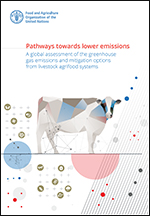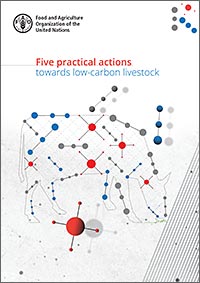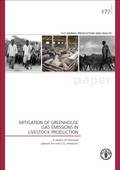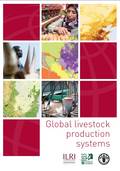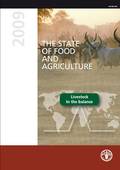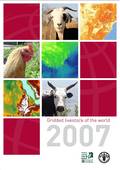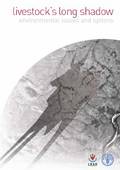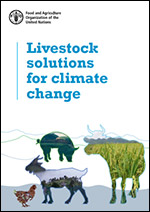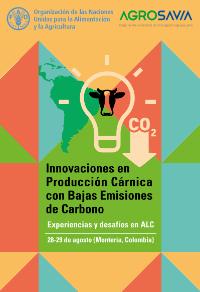GLEAM model description
This document describes in detail the current version of the model (GLEAM 3.0), its modules, background data, assumptions, variables and equations. GLEAM 3.0 is based on 2015 data for animal numbers and distribution, herd parameters, crop yields, feed rations and manure management systems. As GLEAM is in constant development, the documentation is subject to changes and updates. Please verify you are referring to the intended version. To retrieve earlier versions of the documentation, please contact us.
[Download the Model description (Version 3.0)]
[Download the Supplementary tables]
Publications
Pathways towards lower emissions | Tackling the climate change through livestock | Five practical actions towards low-carbon livestock | Mitigation of greenhouse gas emissions in livestock production |
Climate change and the global dairy cattle sector | Global livestock production systems | SOFA - Livestock in the balance | Gridded livestock of the world |
Livestock's long shadow | Livestock solutions for climate change | Innovaciones en Producción cárnica con bajas emisiones de carbono: experiencias y desafíos en Amércia del Sur | Animal Health and Climate Change |
| |||
Understanding the role of ruminant systems on greenhouse gas emissions and soil health in selected Central Asian countries | Low carbon livestock development in Kyrgyzstan | More fuel for the food/feed debate |
|
An open version of the model: GLEAM-i

GLEAM-i is an online, Tier 2, greenhouse gas (GHG) calculator specific to the livestock sector. It brings the core functionalities of the FAO Global Livestock Environmental Assessment Model (GLEAM) to the public in a web application. The current version of GLEAM-i allows the direct comparison between Baseline and Scenario conditions and includes the 2010 background data from GLEAM 2.0 as default. GLEAM-i is designed to support governments, project planners, producers, industry and civil society organizations. It can be used in the preparation of national GHG inventories, Nationally Determined Contributions (NDC) and in ex-ante project evaluation for estimating the climate co-benefits of technical improvements in animal husbandry, feed and manure management.


